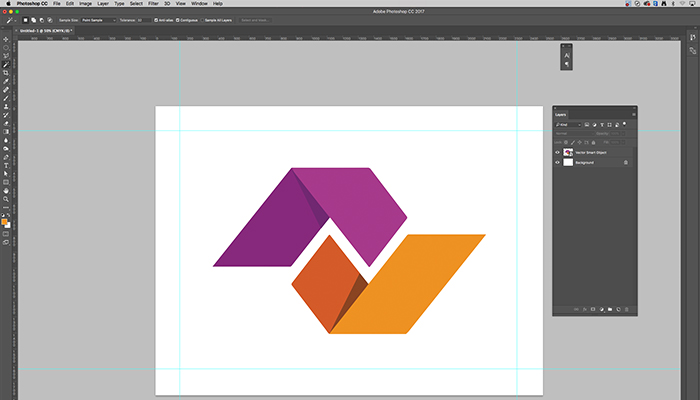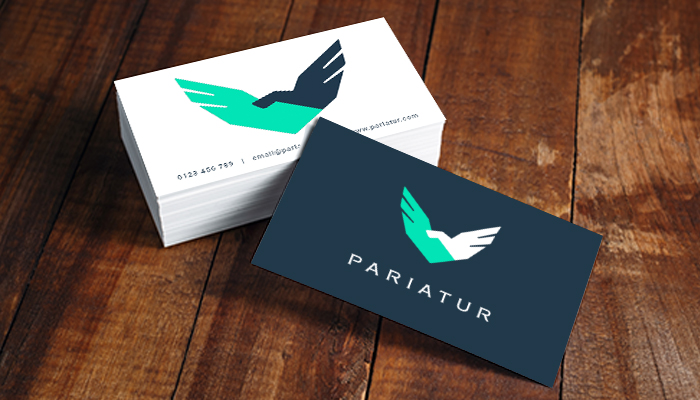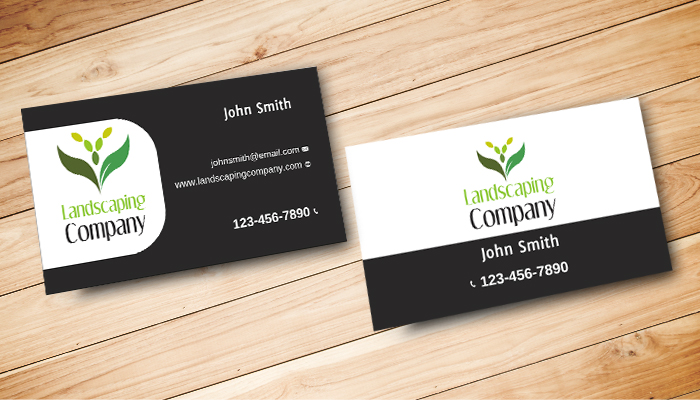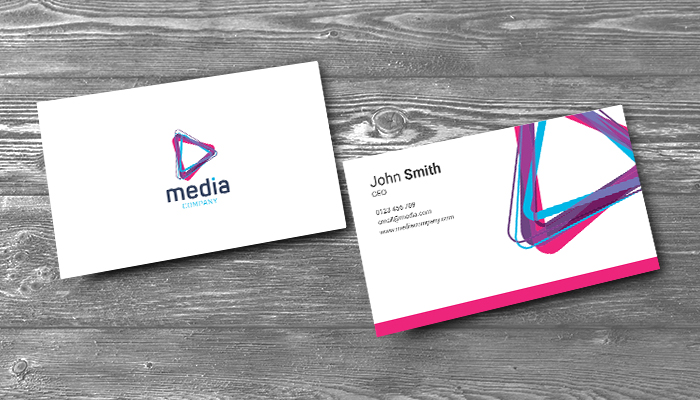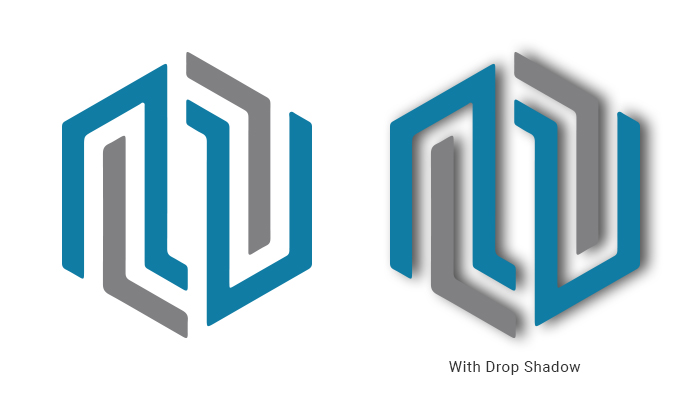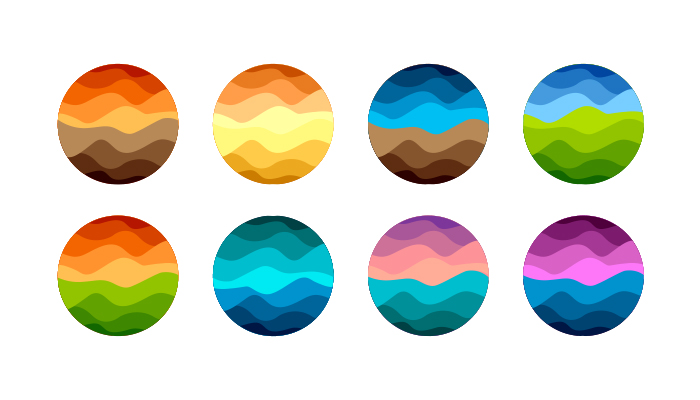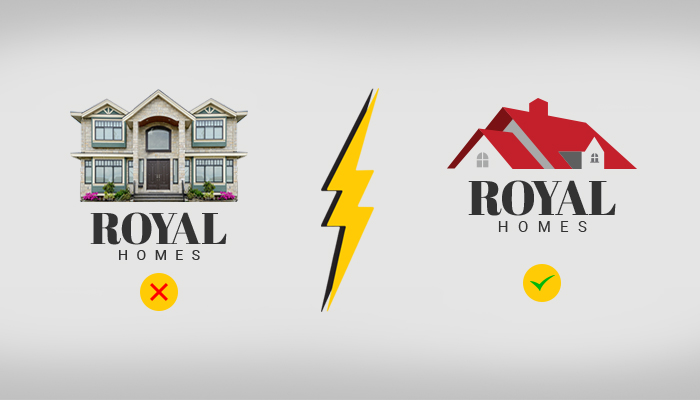9 Logo Design Tips for Beginners
Logos are the cornerstone of any good business brand, or even a personal brand. You’ll include it on social media and marketing materials like business cards, stickers, foam boards, pull-up banners, posters and acrylic signage. That’s a lot of heavy lifting for one little graphic to do, right? And you are probably wondering, how do I get started?
Whether you’re just starting up or just in need of a refresh, follow our logo design tips and tricks to help you creating an effective logo that is destined to go viral!
1. Make Sure You Logo Can Scale to a Variety of Sizes
You never know where your logo is going to be placed, whether it needs to be subtle on a custom sticker print, or larger on a poster or pull-up banner. Your logo should be flexible enough to adjust to any size, so that they can be used on multiple mediums and fit any space. For this purpose, we highly recommend creating your images in Vector format. Since Vector files are made of mathematical calculations that form lines and shapes, your image appears clear and crisp in any size. Vector files include: ai, .eps, .pdf, .svg.
If you plan to create your logos in Raster format, don’t make the rookie mistake of creating a small file. Keep your file at a high resolution such as 300 dpi. You’ll want the resolution to be high because with Raster files, the quality of your logo is loss when enlarging. Raster files include: .jpg, .gif, .png, .tif.
2. Feature a Recognisable Symbolism
Logos can take on a life of their own if they are crafted creatively and in a clever way. A good example of this is to create a double entendre – an image that has two pictures wrapped into one through a clever concept. Many of the world's most recognisable logos employ visual double entendre, such as Amazon's and Tesla's logo. This trick to the eye will make people appreciate a design and remember your brand because of it.
Example of logo on Business cards
3. Smart Use of Negative Space
Negative space sounds scary, but it’s actually your friend and can help your logo gain popularity. Negative space has the power of making your logos look clever and leaving an impression. For example, brands like FedEx subtly use negative space by creating an arrow in the white space between the “E” and the “X”.
There’s a lot of competition between brands these days, the logos that truly leave a mark are ones that are unique, creative, and original. Utilising negative space to create an illusion of dual imagery will “Wow” your audience.
4. Use Shape Psychology
Different shapes have special meanings in society, we can see this if we look closely at the shapes different companies choose to represent their brand and why. For example, curves suggest strong movement, so a sports company like Nike came up with their famous Nike Swoosh mark.
Shapes should correlate with your industry so that it makes sense. Using shapes to your advantage will help elicit an emotional response in the audience.
- Circles and other round shapes project a positive emotional message suggesting community, friendship, and unity.
- Any shape that has curves or are asymmetric usually implies objects that are found in nature such as: trees, flowers, clouds, and earth.
- Squares, rectangles and other shapes with four corners represent: uniformity, stability, security and honesty.
5. Choose appropriate fonts and typography
Just like colors and shapes, the typography in your logo should be based on your target audience. For instance, brands associated with heritage or formal themes do well using cursive fonts. Many other brands stick with a sans serif font to stay modern and minimalistic.
Whether you use serif fonts or script fonts, the general rule of thumb for choosing a logo's typeface is not utilising more than two different fonts. This allows your design to remain distinct and easy-to-read.
6. Understand Your Colors
No matter how colorful you intend on making your logo, it’s pertinent to understand what kind of emotional response each colour entails, just like in shapes. Gain knowledge on primary colors and the associations each color carries when considering them for your logo.
The colors you choose should enhance the value of your brand, and depend on the industry. For instance, if you want to promote anything that’s eco-friendly, it’s only natural to stick with the colors green, blue, brown or yellow.
7. Eliminate Drop Shadow
Drop shadows are controversial when it comes to your logo designs. They look nice on web, but sadly they look bad in print. Not only that, they add visual clutter around the letters and around the words. . If you were considering adding a drop shadow to your logo, it’s better to simply drop that idea.
Often times, it can end up giving off a tasteless lighting effect. If you wish to incorporate the look of this effect, there are better alternatives to drop shadow, such as blending the logo in with the background.
8. Don’t Use Gradients in Logos
It’s true that gradients can look really cool thanks to the optical effect they leave with different shades and textures of color. But you need to be practical and logical as much as you are creative when it comes to designing your logo.
The truth about gradients is that they cause too many complications and limitations, especially when it comes to commercial printing. The patterns may look attractive but when reduced to tiny proportions, they fall apart!
If your logo MUST have a gradient effect in it, then make sure to have another version of the logo in a simple 1-color file, so that you may easily adjust it for any medium and circumstance.
9. Don’t Use Photography In Your Logo
Aside from looking too tacky, photo-based logos are too difficult to reproduce. They detract from the flexibility and adaptability of the logo, and the printing process can cause too much grief. That’s why we recommend sticking to illustrations when it comes to logos. That way your logo will be sleek, simple and to the point. You’ll never see a big brand with a logo that uses an actual photograph with it.
Final Thoughts
Our intention for this guide is to offer an in-depth look at how to create an effective logo design and offer non-designers more options for crafting a logo for their small business. We hope you’ll use these lessons to make better decisions when creating logos in the future!
Don't have a design in mind? We can help! We are offering custom design services, email us a rough guideline from you on what you expect in the design at ask.lightningprints@gmail.com or call us at: 98267596. For enquiries and feedback, feel free to send your entries to this contact form here!
Till next time, cheers!

